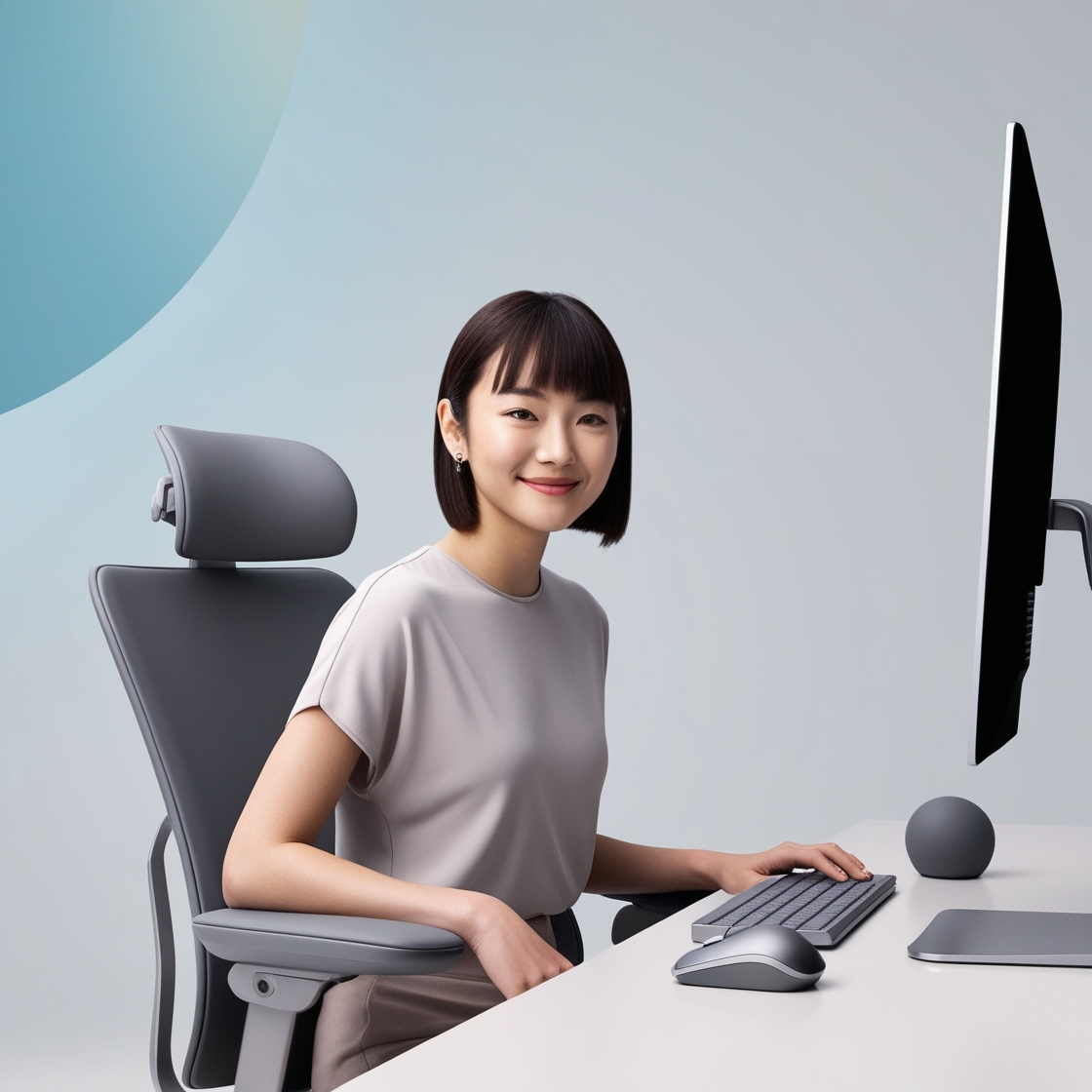Introduction
Digital fatigue is becoming a household term, especially as remote work and screen time surge. Many of us are logging hours in front of our devices, and before we know it, our bodies start protesting. Here’s where ergonomics comes into play! By understanding how to use technology smartly and ergonomically, we can significantly reduce the risk of fatigue and discomfort.
2. What is Ergonomics?
Definition of Ergonomics
Ergonomics is the science of designing the workplace, products, and systems to fit the people who use them. It’s about creating a comfortable and efficient interaction between users and their environment.
Importance of Ergonomics in Daily Life
Good ergonomics can enhance productivity and reduce the risk of injuries. In our tech-savvy world, it’s crucial to integrate ergonomic principles into our daily routines to maintain our physical and mental health.
3. Recognizing Digital Fatigue
Symptoms of Digital Fatigue
Digital fatigue manifests in various ways, such as headaches, eye strain, neck and shoulder pain, and general lethargy. If you find yourself feeling more tired than usual after long hours at the screen, you might be experiencing digital fatigue.
Causes of Digital Fatigue
Some common causes include prolonged screen time, poor posture, inadequate lighting, and insufficient breaks. Understanding these factors can help us combat fatigue effectively.
4. The Connection Between Ergonomics and Digital Fatigue
How Poor Ergonomics Contributes to Fatigue
Poor ergonomics can exacerbate the symptoms of digital fatigue. For instance, slouching in your chair or straining your neck to see your screen can lead to discomfort and fatigue.
The Impact of Workspace Design
The design of your workspace plays a crucial role in your overall well-being. An uncluttered, well-organized workspace can significantly reduce stress levels and improve focus.
5. Essential Ergonomic Principles
Proper Posture
Maintaining proper posture while sitting is fundamental. Your back should be supported, your feet flat on the floor, and your arms at a 90-degree angle when typing.
Desk Setup
Your desk should be at elbow height, allowing your arms to rest comfortably. Position your monitor at eye level to prevent straining your neck.
Chair Selection
Investing in an ergonomic chair can make a world of difference. Look for chairs with adjustable heights, lumbar support, and comfortable padding.
6. Gadgets That Promote Ergonomics
Ergonomic Keyboards
An ergonomic keyboard can reduce wrist strain. These keyboards are designed to keep your wrists in a natural position.
Mice and Trackpads
Opt for an ergonomic mouse or trackpad that reduces the risk of repetitive strain injuries. Look for ones that fit comfortably in your hand.
Laptop Stands
If you use a laptop, consider investing in a stand. This can elevate your screen to eye level, reducing neck strain.
7. Utilizing Technology for Better Ergonomics
Apps for Posture Correction
There are various apps available that remind you to check your posture throughout the day. These reminders can help you stay mindful of your body alignment.
Blue Light Filters and Screen Protectors
Blue light can disrupt your sleep patterns and cause eye strain. Using filters or specialized glasses can mitigate this effect.
Adjustable Monitor Stands
An adjustable monitor stand allows you to position your screen at the optimal height, making it easier to maintain good posture.
8. Smart Tech Solutions
Wearable Devices for Ergonomics
Wearable technology can track your posture and remind you to take breaks, keeping your health a priority.
Smart Desks and Chairs
Some modern desks and chairs come with built-in sensors that monitor your posture and provide feedback.
Voice Recognition Software
Using voice recognition software can help reduce the amount of typing required, minimizing strain on your wrists and hands.
9. Tips for Creating an Ergonomic Workspace
Layout of Your Workspace
Arrange your workspace to minimize reach and strain. Keep frequently used items within easy reach.
Cable Management
A tidy workspace isn’t just about aesthetics; good cable management can reduce hazards and distractions.
Personalization of the Space
Personalizing your workspace can make it more comfortable and inspiring. Incorporate plants, photos, or items that bring you joy.
10. Taking Breaks and Practicing Mindfulness
Importance of Breaks
Regular breaks are essential for maintaining focus and preventing fatigue. Aim to take a short break every hour to stretch and move around.
Techniques for Effective Breaks
During breaks, try standing up, walking, or doing some light stretching. Even a few minutes can recharge your energy.
Mindfulness Practices
Incorporating mindfulness practices, like deep breathing or meditation, can help clear your mind and reduce stress.
11. Future of Ergonomics and Gadgets
Trends in Ergonomic Technology
As technology evolves, so do ergonomic solutions. We can expect to see more innovative gadgets designed with user comfort in mind.
The Role of AI in Ergonomics
Artificial intelligence could play a significant role in personalizing ergonomic solutions, analyzing user behavior, and providing tailored recommendations.
12. Conclusion
To wrap it up, paying attention to ergonomics in your digital life is essential for avoiding fatigue and maintaining your overall well-being. By investing in ergonomic gadgets and implementing smart practices, you can create a healthier workspace that supports your productivity and comfort.
13. FAQs
1. What are some symptoms of digital fatigue?
Common symptoms include eye strain, headaches, neck and shoulder pain, and general fatigue.
2. How can I improve my workspace ergonomics?
Focus on maintaining proper posture, investing in ergonomic gadgets, and organizing your workspace efficiently.
3. What gadgets can help with ergonomics?
Consider ergonomic keyboards, mice, laptop stands, and adjustable monitor stands.
4. How often should I take breaks?
Aim to take a break every hour to stretch and rest your eyes.
5. What role does technology play in ergonomics?
Technology can provide tools and solutions that promote better posture, reduce strain, and encourage regular breaks.
